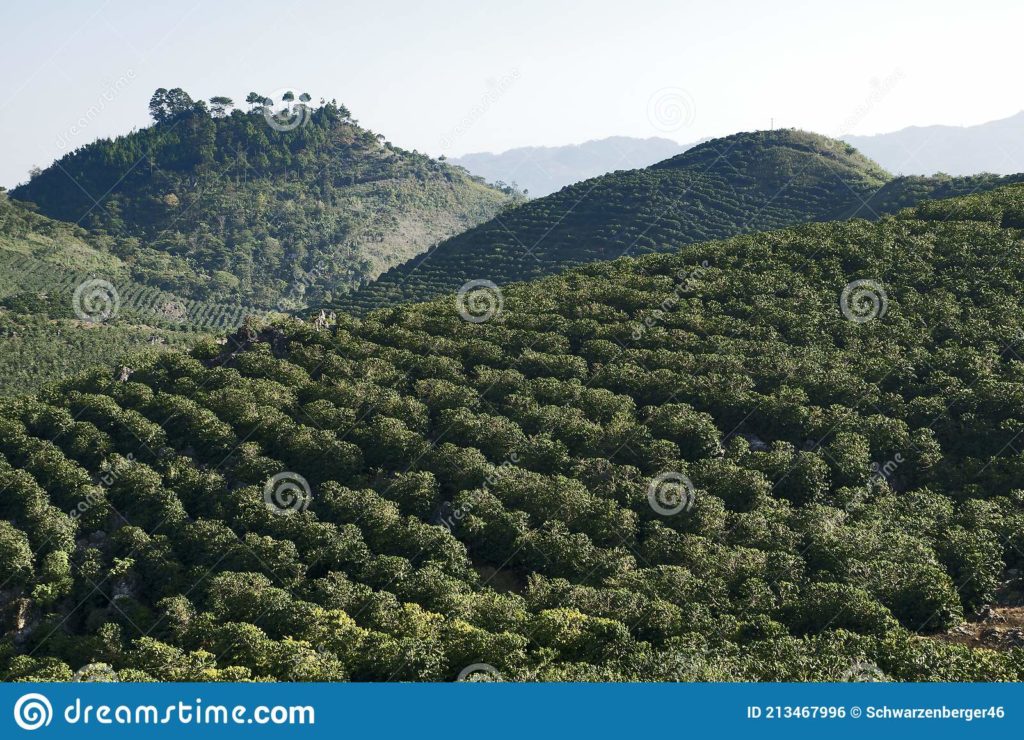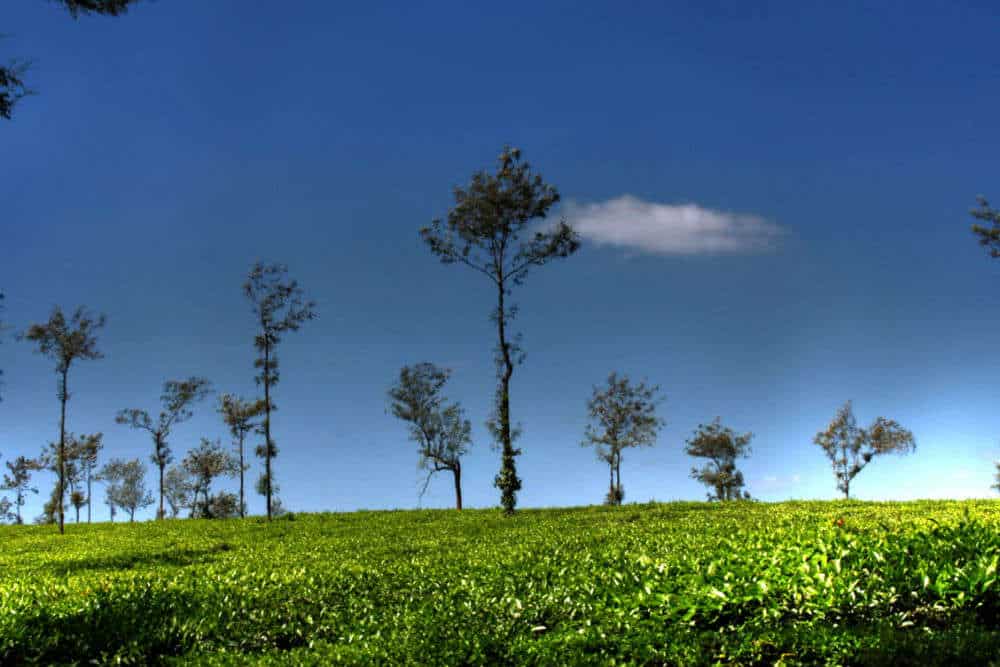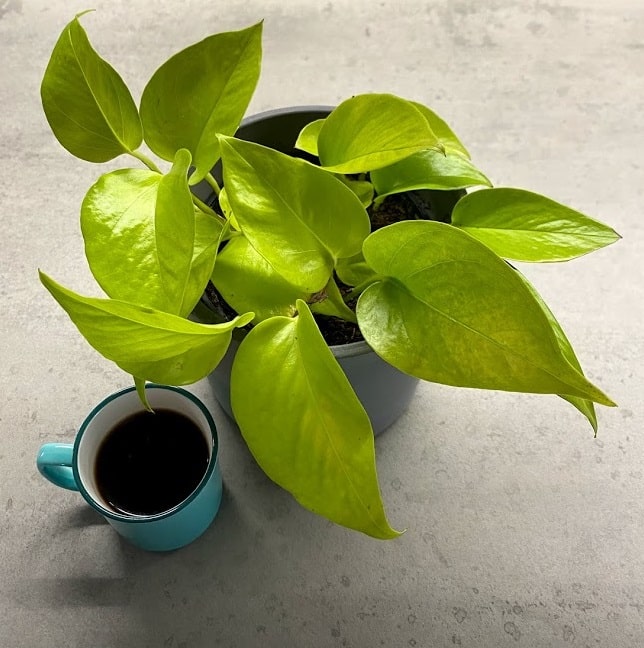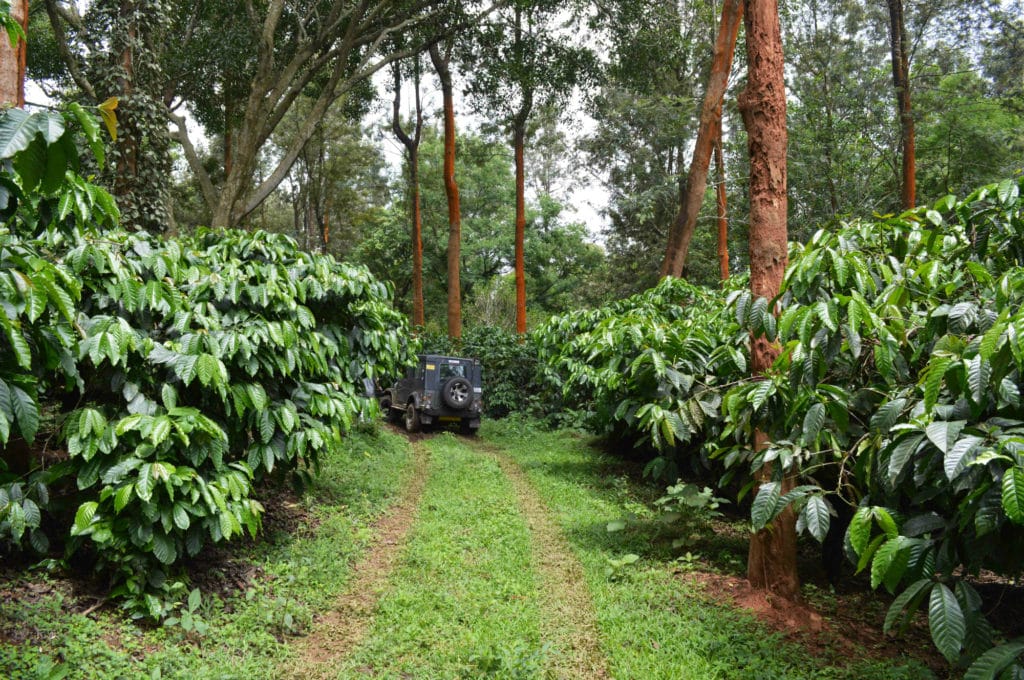
Arabic coffee
If you are looking to purchase an Arabica Coffee Plant, you may be wondering how to care for it. You can learn some basic tips to keep your plant healthy and happy.
The first step is to make sure your plant gets adequate sunlight. You can also try misting the foliage to help it get plenty of moisture.
The plant will also require a potting soil that has good drainage. You should use a mixture of horticultural sand and peat moss to provide proper nutrients to your plant.
Arabica Coffee Plants need a minimum of 50 percent humidity in order to thrive. You can also water the plant more often during summer months. However, you should always note how many inches of the soil have dried out between waterings.
You can also prune the stems of the plant. This will help your plant stay in one pot for a longer period of time.
If you are trying to propagate the plant, you can use stem cuttings. These will need to be dipped in a rooting hormone for about 15 seconds. Once it has absorbed the hormone, you can put the cutting in a container of moist potting soil.
You can also grow the plant from seed. Depending on your climate, you can plant your seeds in the spring and mid-summer. You will need to fertilize it twice a month with a dry fertilizer. This includes nitrogen, phosphate, and potash.
Ideally, you should cut the main stem of the coffee tree back once or twice. This will encourage sideways growth and you will get an even harvest in the following years.
If you want your Arabian Coffee Plant to bloom, it will take about four to eight years. The flowers are self-fertile and come in shades of white, and have a slightly sweet fragrance.
Robusta coffee
Coffee robusta is a coffee plant in the Rubiaceae family. It is found in the sub-Saharan region of Africa. It grows as a shrub, with a small root system. It is commonly grown in Indonesia and Vietnam.
Arabica and Robusta are two of the most popular varieties of coffee. They differ in many ways, including their taste, growth rate, and the amount of caffeine they contain. Some people claim that the Arabica variety is smoother and less bitter than the Robusta. Some of the world’s largest commercial roasters use large quantities of Robusta.
The coffee robusta is known for its bitter flavor and its nutty aftertaste. It is used in blends to enhance crema. It is also a good choice for Italian-style blends.
The Robusta coffee plant is less expensive to cultivate than the Arabica variety. However, it has a higher caffeine content. It is more resistant to disease and pests. It can be harvested in 10 months or less.
In addition, the Robusta variety is more hardy and drought-resistant. It grows well at lower altitudes. It can flourish in 75-80 degree temperatures. The Robusta plant also produces fruit more quickly. In fact, it can produce a viable crop in six months.
Besides its strong flavor, Robusta coffee is also cheaper. It is often mixed with Arabica to make inexpensive commercial brands.
Robusta coffee has more caffeine than Arabica. Its beans are smaller, rounder, and have a burnt smell. It is often mixed with Arabica in blends to increase caffeine.
The robusta plant has a faster growth rate and produces more coffee per hectare. In the wild, it can reach a height of 30 feet. It is typically grown in the tropical regions of Vietnam, Indonesia, and Africa.
Phytochrome
The phytochrome system in plants has been shown to regulate a wide range of biological functions, including photosynthesis and the timing of flowering and fruit production. It has also been shown to influence the responses of plants to light. It is believed that the phytochrome levels may provide an opportunity to influence complex developmental processes.
Phytochrome is a reversible chromoprotein found in plants. It is used to take in various wavelengths of light, and to turn on and off genes depending on the intensity of the light. In turn, this helps the plant to decide where and when to grow. The system has also been found to control shade tolerance.
The phytochrome system is found in many plants, but not all of them. In the coffee plant, the system is controlled by a ubiquitin system. This protein is present in all cells, and it has been identified as three different varieties in the coffee plant.
In order to produce flowers, the coffee plant needs rain. But erratic rainfall patterns can lead to a variable flowering period. This makes harvesting harder and more expensive.
The best way to control the flowering process is to have a predictable amount of rainfall. However, with the increase in average global temperatures, the flowering phase is more unpredictable. This can have a negative impact on harvesting costs, and it may increase the likelihood of certain diseases. Therefore, extreme care with micronutrients is recommended.
Using a variety of methods, the Mittler and Liscum labs discovered a photoreceptor that is responsible for triggering signals. This led them to a few specific sensory systems. In particular, phytochrome B was responsible for triggering the signal.
Proper fertilizer
When coffee plants flower, you need to make sure that they are getting the proper fertilizer. This will help them grow properly and provide you with quality cups of coffee. But how do you know which fertilizer is best for your plant?
If you are trying to figure out which fertilizer is right for your coffee plant, you should first learn about the different nutrients that your plants need. Nitrogen, calcium, copper, and iron are some of the most important nutrients.
The type of soil you have also determines which of these nutrients you need. Soil that has a pH range of 4-7 is ideal.
Among the micronutrients, the two most important are zinc and boron. Zinc and boron increase general crop yield and prevent the incidence of borer attack.
Other secondary nutrients include calcium, manganese, and magnesium. The proper fertilizer for your coffee plant should be a balanced one that includes all these nutrients.
The best way to apply a fertilizer is to spread it in a wide band around the plant. You should then cover the entire band with a mulch. This will prevent the nutrients from escaping. This will also help with weed control.
If your coffee plant is struggling with a pest infestation, you can use neem oil or dab it with rubbing alcohol to kill them. If these methods don’t work, you should try more serious chemical treatments.
You should make sure that the soil you are using is deep and loamy. You should also ensure that the plants are getting the proper amount of water. It’s best to water your coffee plants every couple of weeks during the summer and less frequently during the winter.
Pests and diseases
There are many different diseases and pests that can affect the coffee plant. Using a variety of methods, you can keep your coffee plants healthy and disease-free. Several pesticides can be used to control various coffee tree pests. But there are also other alternative techniques to avoid chemical treatments.
One of the most common coffee plant diseases is Coffee Leaf Rust. It is caused by a fungus. The fungus resembles Verticillium lecanii. The fungus produces uredinio- and teliospores. The fungus can be controlled with a copper fungicide spray.
Another fungal infection is Pink Disease. It appears as pink encrustation on branches. Infections of Coffee Wilt Disease (CWD) are known to cause mummified berries that have no economic value. The wilt causes branches to die and leaves to drop.
The Coffee Berry Borer is a black beetle that burrows into coffee berries. It then lays eggs. Once the eggs hatch, the borers begin to develop into larvae. These larvae are then able to digest the berries. The borer then destroys the fruit.
These insect pests can be a major problem for coffee farmers. In addition to causing heavy damage to your crop, they can be a nuisance to people working around them.
The best way to keep your coffee trees free of fungi and insect infestations is to monitor your plants. Monitoring allows you to see which pests and diseases have been infected and which you can treat.
The fungus produces splash-borne conidia, which are distributed by insects. This asexual stage can be killed with a copper fungicide spray. In addition, anthracnose requires fertilization and a copper fungicide to kill the fungus.
The coffee leaf miner is the most damaging coffee plant pest. This pest is found in subtropical and tropical areas. Its toxins can kill the coffee plant.




